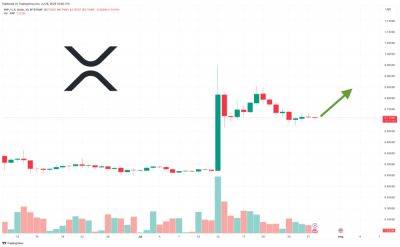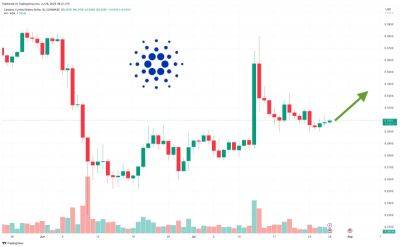Bitcoin price falls under $30K as macro and regulatory worries take center stage
Multiple data points point to Bitcoin price falling below $29,000 in the short term.
Yes, you read that right.
Let’s investigate the main issues contributing to the current downside in Bitcoin price.
Bitcoin (BTC) encountered difficulties breaking above $31,800 on July 13, resulting in a 6.3% correction down to $29,700 on July 17. The price action could reflect investors’ concerns that ongoing regulatory developments and macroeconomic headwinds could drive Bitcoin below the $29,000 level, which was last observed on June 21.
On the derivatives side, Bitcoin futures show increased demand, but Asian markets are slowing down.
Bitcoin quarterly futures typically trade at a slight premium compared to spot markets, reflecting sellers' willingness to receive more money in exchange for delaying settlement. Healthy markets generally exhibit BTC futures contracts trading at a 5% to 10% annualized premium, a situation known as contango, which is not unique to crypto markets.
Between July 14 and July 17, BTC futures maintained a neutral-to-bullish 7% premium, surpassing the 5% threshold. This suggests moderate conviction among bulls following the unsuccessful attempt to break above $31,800.
However, the Tether (USDT) premium in Asia has been declining. The stablecoin premium serves as an indicator of demand from China-based retail crypto traders, measuring the difference between peer-to-peer trades and the United States dollar.
The Tether premium in Asia recently reached a discount of 1.8%, marking its lowest point in over six months. This inverse premium trend started on July 12 and has continued to widen, indicating moderate sell pressure.
Regulation of the crypto sector is also still on investors’ minds. Even the July 13 ruling that the
Read more on cointelegraph.com






















